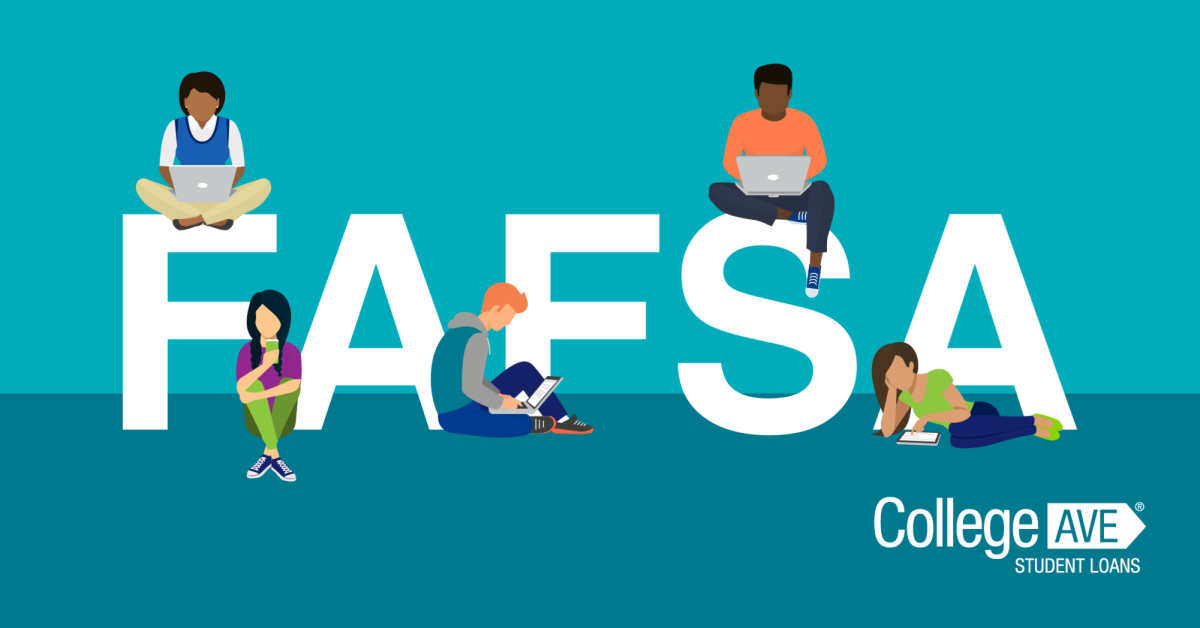Many say breakfast is the most important meal of the day, but what about lunch? For many teenagers across the country lunch may be their only meal. Accord- ing to the No Kid Hungry official website 17.2 mil- lion families live in food insecure households. Nevada is ranked as the 9th most food insecure state in the nation, 26.7 percent of children live in food insecure households that lack means of getting nutritious food on a regular basis thus resulting in students suffering from hunger. For students who only eat one meal a day the school system has a moral obligation to provide the most nutritious meals possible to students in need.
In the last several school years, First Lady Michelle Obama’s school lunch standards have been slowly implemented in schools across the United States. Though well intended these standards require more whole grains, and restrictions on fat, calories , sugar and sodium. Many schools argued that the standards were too restrictive and costly and instead of adding healthy options they cut down portion sizes rather than using costly ingredients.
While American students are eating small portions of processed foods, students in France, Finland and Italy are dining on healthy large meals full of fresh vegetables and fruit with hearty fish and protein. The stark difference between American school lunches and others around the world are surprising, when countries with far less fortunate economies such as Ukraine and Estonia are treating school children to far more nutritious meals each day.
A typical lunch in any Clark County School District (CCSD) includes one piece of Papa John’s pizza, a cup of mixed fruit, a cup of salad, and a milk or juice. In Italy school children are served a snack in the late morning or after- noon, often something such as fresh baked cookies, fresh fruit, or freshly baked parmesan breadsticks.
During lunch, Italian children are served two courses. For example, course A usually consist of spaghetti with sea- food sauce, the seafood sauce including cod and octopus, or organic rice with peas. Their second course may consist of fish fillet au gratin and sauteed zucchini or ricotta cheese croquettes and a salad. Most interestingly different between the Italian school lunch menus and the CCSD lunches is that Italian lunches are varied throughout a month and children are almost never served the same meal twice throughout an entire month while in CCSD the menu almost never changes.
In Italy schools rely on Centro Pasti for freshly made and nutritious lunches. A Centro Pasti is a central kitchen that delivers prepared meals. In CCSD most meals are made, frozen, and de- livered to schools to be reheated in ovens.
According to the Wilder Research Association, youth face a number of food related concerns in the United States including obesity and limited access to food. Recent studies by the Wilder Research Association have demonstrated that nutrition affects students’ behavior, healthy, and thinking skills, all factors that affect academic success. For example, a study found that 5th graders with less nutritious diets performed worse on standardized testing. Another study with 5th graders showed that students who ate more fast food and junk food had worse math and reading scores. Likewise a in a study a school that introduced healthy freshly prepared food found that students scored higher in science and english. Finally studies found that healthier food was linked to better less aggressive behavior in school.
With a few reforms in both the way school lunches are given to students and what types of foods students receive, the United States can feed their students just as well as any nation in the world. Schools should return to cooking the majority of food in school kitchens while serving locally grown fruits and vegetables opposed to frozen foods provided by third party companies. Schools that do so should also receive a reimbursement from the USDA. Accord- ing to the Huffington Post many schools across the country are already doing it and statistics indicate that cooking food on site is a viable option for schools across the country. Secondly the requirements for low income families to receive free or reduced lunch should be made easier to qualify for so that children in food insecure houses don’t sleep hungry. With a bit of reform school lunches can become healthier, more largely portioned, filling meals that students can enjoy. In order to encourage students to eat healthy lunches instead of junk foods schools could offer two choices in which vegetables or fruits are available with their lunches. In a prosperous country such as the United States there is no reason that a child should go hungry, and not enjoy a meal up to par with the rest of the world.













